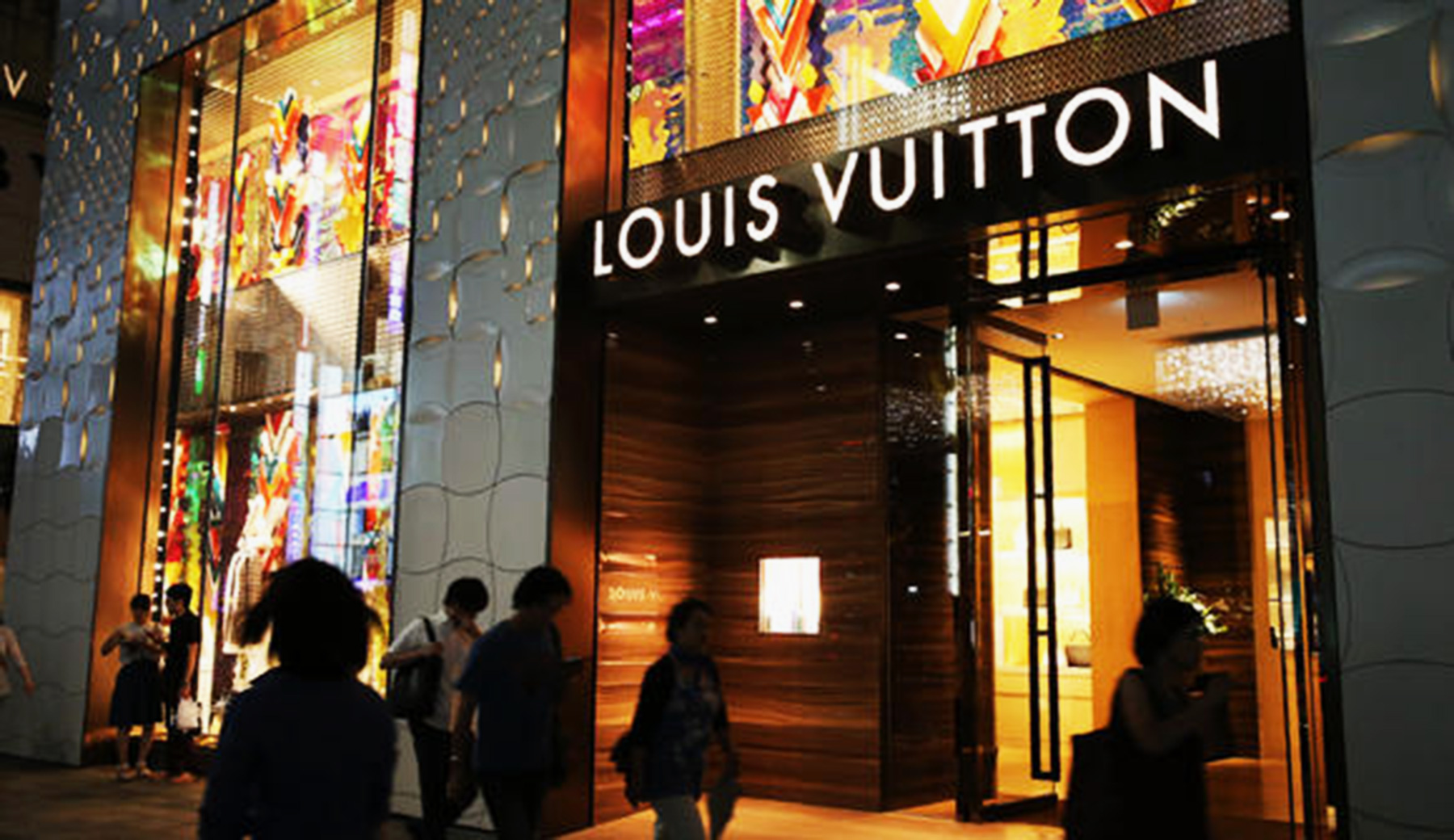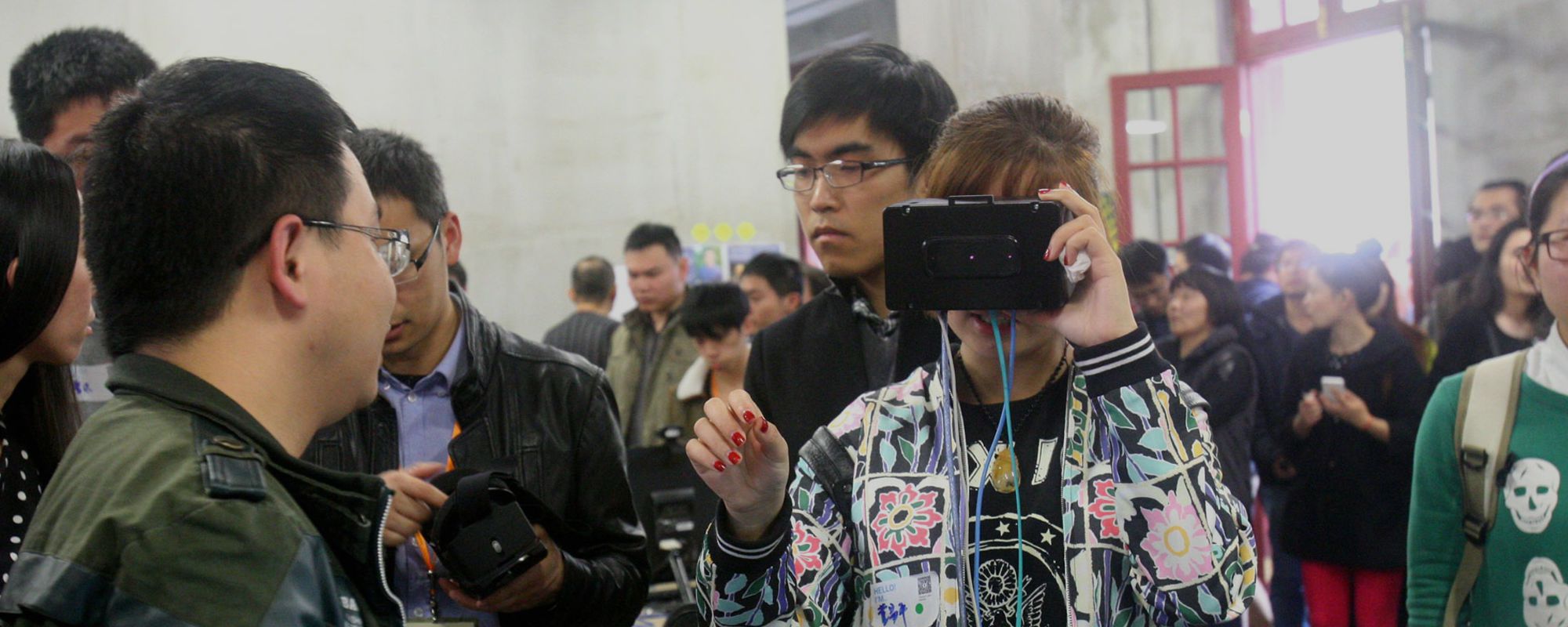Strategy of price inflation rendered obsolete
The author of the report Luca Solca says, “The growth paradigm based on space and price inflation no longer works,” he said. What does he mean by this? Well put simply, the strategy of “fast retail network expansion” whereby brands expand fast and raise price through capitalising on the luxury status is no longer viable.
- Because of the diversification of Chinese luxury consumers along with massive luxury price surges every year over the last decade, it has led the demographic as a whole to become much less sensitive to this strategy.
- “Middle-class Chinese consumers have significantly lower discretionary spend power than the rich early adopters. The present demand environment is not-and will not be-conducive to high price inflation.”
These findings are also confirmed by Bain & Company, a leading consulting firm, in a recent report in collaboration with Mei.com (Alibaba backed). In the latest press call with Jean-Jacques Guiony, chief financial officer (CFO) of the luxur conglomerate LVMH, he reveals that the price inflation strategy had little impact on the group’s fast growth in the Chinese market over the past quarter.
The future of Chinese Luxury Brands
The report says “China today has enough stores, and the industry as a whole is now facing significantly lower retail space growth opportunity.” China has led the wave of the luxury store closings around the world over the past several years. The over-expansion by brands in China previously is only one cause of the trend.
- What drives it most is the hype interest by the digitally-savvy Chinese consumers purchasing goods on all kinds of e-commerce platforms. Therefore, turning a blind eye on the change will do nothing except put brands behind their competitors.
- As a matter of fact, consulting firm McKinsey predicts that Chinese luxury shoppers will spend $150 billion on luxury items by 2050, making up almost 40% of the global luxury market.
The implications that this brings is that brands that are unable to successfully adapt and grow their strategies to accomodate the shift that Chinese consumers have brought, will be missing out on the pie that is the Chinese luxury spend.
An accelerated innovation cycle
Due to the constant desire for new products and designs that is demanded by Chinese luxury shoppers, the innovation cycle for luxury brands has accelerated heavily.
- Innovation is imperative for luxury brands if they hope to stay in line and up to par with Chinese consumers’ evolving tastes.
- The problem with this is that, the speed of innovation that brands must maintain can lead to brands burning out and being made obsolete prematurely.
“Rich Chinese early adopters are normalising down their product expenditure and shifting instead to services. Their wardrobes are full of icons,” wrote Solca. “Newness and affordability are crucial. New products and new ideas are indispensable for them to part with their money.”
How can luxury brands in China respond?
As mentioned earlier, brands that do not successfully adapt and grow their strategy will be missing out on the big luxury spend in the next decade. One simple thing that growing luxury brands should be thinking of is taking advantage of big public holiday events and celebrations.
By using these types of events, brands are able to:
- Increase traffic to their online platforms,
- Create brand awareness in their area(s) of operation,
- Generate goodwill among new and repeat customers (which results in word-of-mouth),
These points (and more) will add up and in turn, brands will see their end-of-year figures rise accordingly. Best thing about this? It provides a modern take to the traditional approach, all the while remaining ethical, genuine and honest to the brand image and the consumer base. However, understand that there is a right and wrong way to go about this. To find out more about how to go about this the right way, why not take a look at some brand’s and their approaches during China’s Golden Week earlier this month?
If you enjoyed reading this and would like to read more luxury related content, feel free to take a look at our Luxury Case Studies Library!






